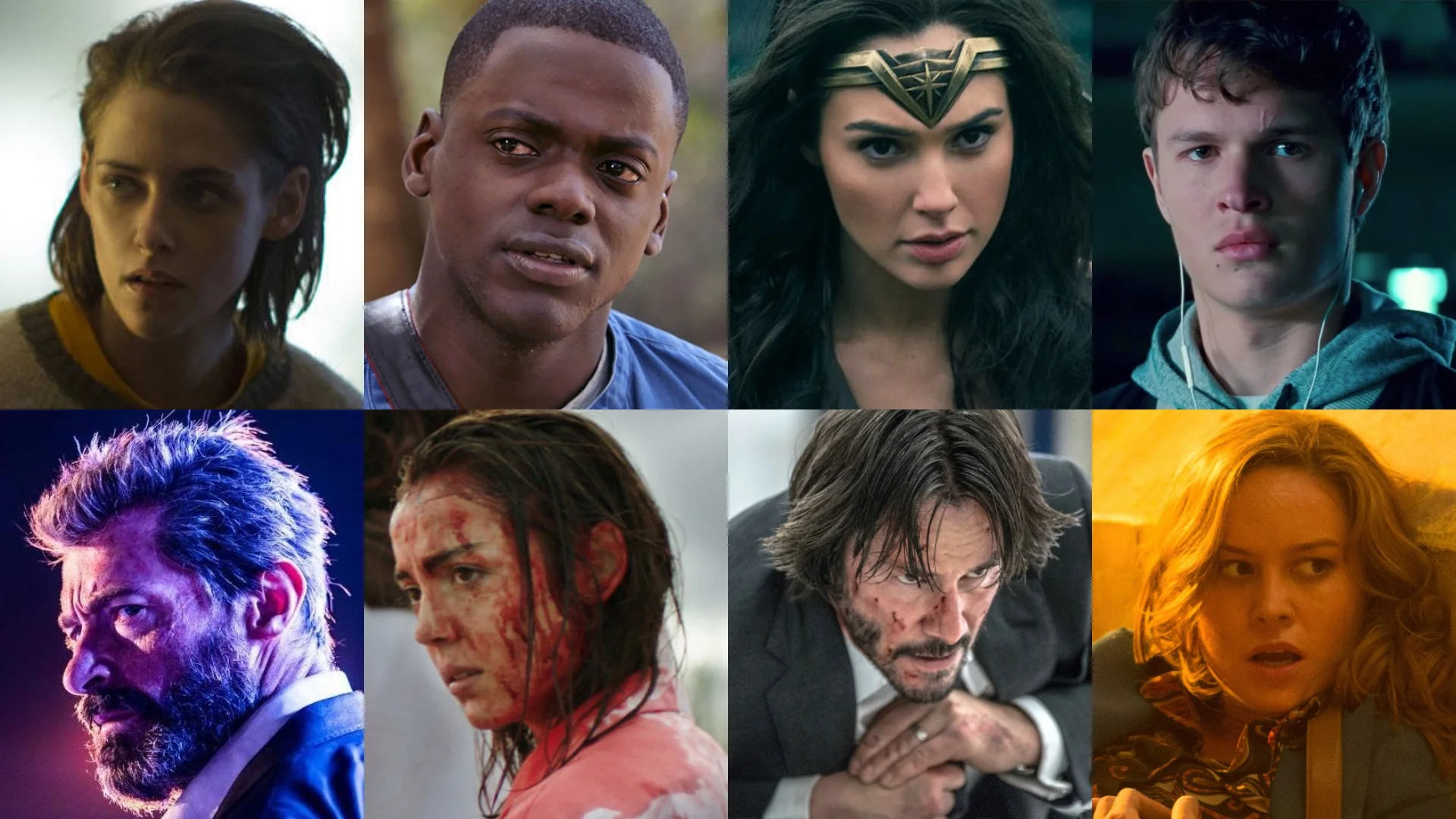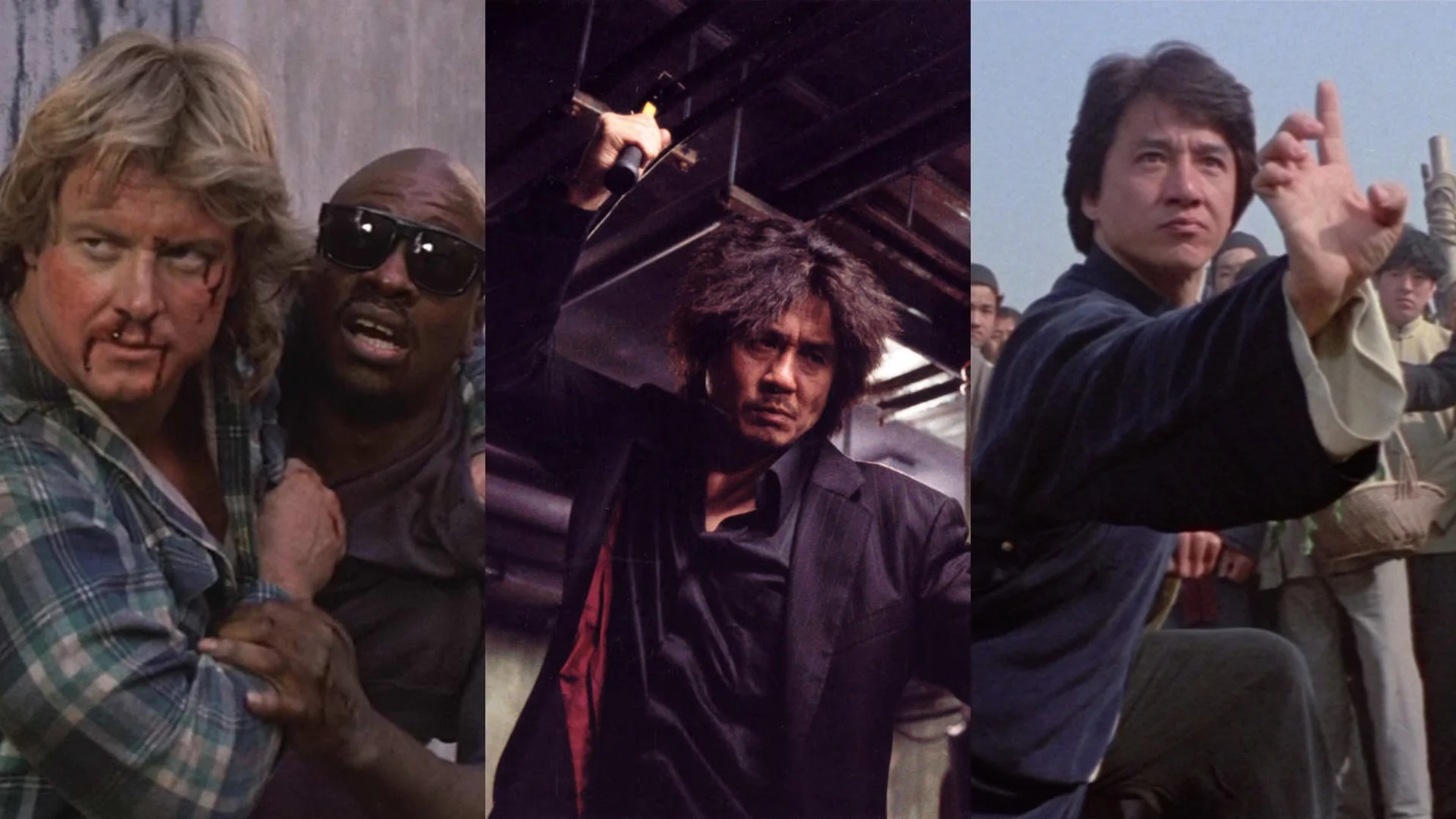Logan Noir: Clarity in Black and Chrome
To quote Ted Grant, a famous Canadian photojournalist, “when you photograph people in color, you photograph their clothes. But when you photograph people in black and white, you photograph their souls!” The statement itself isn’t as clear-cut as its subject matter, as color imagery has conjured up many internal motion-picture studies that would be at a loss without their vivid hues or dreamy sensory pleasures, but it’s a solid foundation in which to begin a conversation on Logan Noir, a misplaced title for an altogether vastly superior version of James Mangold’s swan song to Hugh Jackman’s Wolverine portrayal. Peering back into the past not towards Noir but in the skyline of the vast landscapes of stark, divided Westerns such as High Noon and Angel and the Badman (a film which, like Logan, reconciles peace with a life of violence), Logan’s monochrome translation is one shaped out of focus rather than via the cinephile ambition of homage (The Mist) or the filmmaker’s pretense towards elementality (Mad Max Fury Road: Black and Chrome).
Stripped of its dusty, sunny images and the longing, exploitative glance of viscera, Logan Noir finds itself muting the very flourishes which define the R-Rating tattoo that the MPAA inked on and, in replacement, gains a sturdier grasp of its own character dynamics and implications, particularly in the art of violence. Black and white takes away the modern western colorization and its placement within a line of economically-centered masculine narratives (Hell or High Water, The Rover, Blood Father to name a few), allowing Logan to decentralize to its true self, a film soaked in kindness and how the path of accepting such beacons of light in a torrid world is a reluctant one.
Logan Noir does this by removing the awe of its slashing and dicing; the admittingly voluptuous pleasure of watching lipstick-red blood flow free and wild against the atmosphere after spurting out of a nameless bad guy's artery. The essential liquid becomes material, more of a thickened brushstroke than running the whole stage, and it marks the essence of the action before stillness sets in, never fully stealing the spotlight. The theatrical cut of Logan rarely allows for displacement of its violence, and as such, lingering moments are lost in the shuffle, with unsettling yet graceful gore displays shrouding a quiet aftermath. The opening scene, comprised of Logan fighting a gang of thugs against the backdrop of a radiant electronic billboard, in Logan Noir is no longer a flesh-wound showcase of the film’s supposed maturity, but a milky, sad mix of bodies clustered together in furious motion, the black and white photography blending cloth and dust and bullet together into a single mass, with light finding only Jackman’s tired complexion and the faded silver of his claws. Blood, and the jolt found when it exits due to a spectacularly aggressive superhuman trait, just swirls with the incident, lost among curdled screams, pattered metal, dangling remnants of skin.
Similarly exemplifying the repercussions of such violence in Logan Noir (well, besides the entirety of it) due to its shift in aesthetic is Charles’, played with a gentle, caring love by Patrick Stewart, seizure freak-out in a hotel/casino suite while armed men are stuck as frozen masses with their guns drawn. As Logan moves through the room, dispatching one operative after another in one swift, oddly abstract action, the claws sink into flesh, and while the theatrical version oozes with the redness, the runniness of blood, Logan Noir observes the impact of the splatter rather than zeroing in on empty inward sights. While the color version ogles sharp knuckle-knives diving into a skull, monochrome removes accentuation; it’s all a singularly horrific image, and the rack-focus to blood casting its immediate spell on the hotel wall is the end of its formal sentence, only rising again when all the bodies fall in unison, each silent and immovable by the depths of time. Such sequences, and especially the final gasp of an action scene, in the Noir cut become comfortable in their own skin when freed from color’s artificial, wicked gaze towards sadism.
But where does the film then lend its attention when the savagery becomes less present, less swift?
Towards its altruism.
Black and white doesn’t merely muddle aspects color might highlight, but it illuminates its own features, the lack of variety in palette showcasing a greater centrality to performance. Logan Noir, above all else, removes any false ambition towards spectacle or surface brutality, and what is left is a story of a man learning to love those who already love him, and how such compassion, such warmth can bring calm to a soul weathered by death even when selflessness causes demise. Monochrome wraps the white of the light around these faces, and more importantly, it shines brightest on them, providing an angelic glow in pursuit of Logan’s ultimate destination: connection. A character-driven piece becomes a chamber drama in spirit, observing three mangled, flawed individuals as they transverse roads, gas stations, bars, and homes constantly at odds with their own desires and wants, sometimes actively in opposition to it. The starkness of the photography, raises the desperation of the situation, but it also captures the beauty in more tender moments. An encounter with a truck of loose horses or a meal with a newly-found family are ethereal, friendly scenes, with consideration and sympathy all around Logan. The brutality that follows is similarly dreamy, as if our lead sees sorrow and grace in the same lens, one bringing out the other from its tomb.
Logan Noir, then, takes this world of odds and ends and brings the little gestures out. So much of Logan is lost in its color translation, especially in regards to the intricacy of the action’s construction and the various reactions Logan gives to those who seek his help or his response. In monochrome, Jackman’s grasp on the finality of the character feels like nothing less than a planetary center of gravity, with lost breath and stationary figures lying on the earth because of his decisions, no matter their generosity or intention. Black and white beckons the viewer to sit back, away from the intensity, and witness a man slumped to the side, aching in endless trauma, and how Jackman embodies that. Instead of feeling his situation, the audience feels *him*. His throbbing heart, his popping veins, his grizzled fury. Through desaturation, empathy is found, and more importantly, Logan truly, unabashedly becomes the focus; a gnarled face committed to the history of the motion picture, his image dismantled to the ruins of Myth. The moments between him and Laura – think of the scene where she grabs the wheel to steer the car and he barks back at her, or when she’s by his side as he attempts to say something to the buried body of Charles – are now equivalent to a worshiper bowing to a manifestation of their god, not only familial but historical in nature.
Logan Noir isn’t Noir; it’s a prayer towards antiquity and an allegiance of Wolverine’s resonance. The lack of color turns Logan into a memory, already half-faded, torn down to the essentials, blurring the extraneous into a whirlwind of conflict and community, ambiguity and conclusion. “So…..this is what it feels like”, the final line Logan grunts, reflects sincerity, but it also lays out the sensation of giving The Wolverine his due, and that can only be evoked in monochrome. The man has already been claimed by bedtime stories, situations remembered fondly in hindsight in black and chrome, in pen and ink, and now, his last story is on an even plane with Shane, the film-within-a-film looking one and the same, the last gun in the valley.











